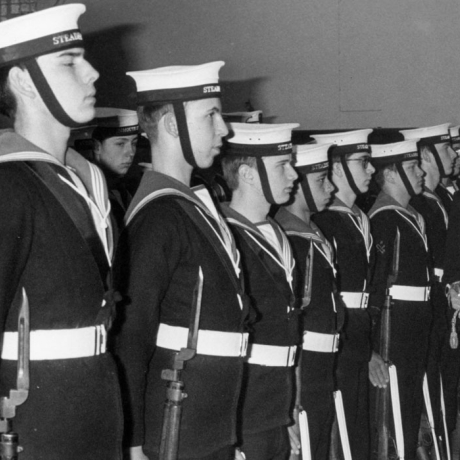The Duke of Edinburgh had a rich and varied career in the Royal Navy. The Duke had a deep passion for Naval history and seafaring ever since he left Gordonstoun in 1939 and joined the Royal Navy as a Cadet.
He completed his initial training at Royal Naval College Dartmouth where he was awarded the King's Dirk and a prize as the best cadet of his entry.
He is seen below (fifth from left, front row) at the Royal Naval Petty Officers School in Wiltshire in 1947.
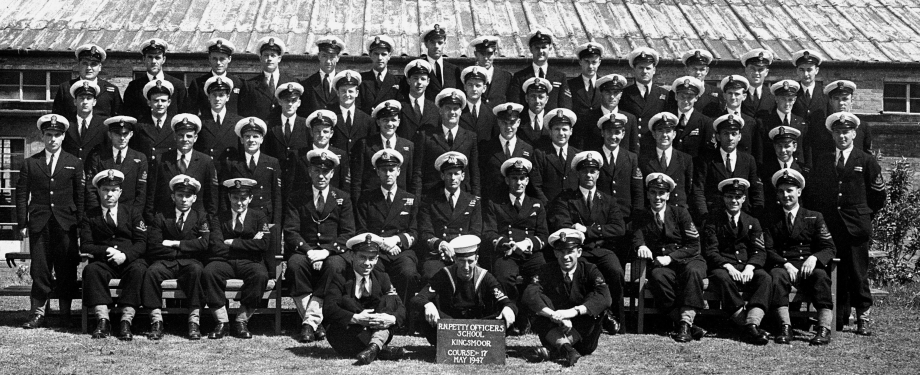
In 1940 he joined the battleship HMS Ramillies in Colombo, Sri Lanka, as a Midshipman and spent the following six months in the Indian Ocean.
In January 1941 Prince Philip joined the battleship HMS Valiant in Alexandria, Egypt. During the night action off Cape Matapan he was in charge of the ship's searchlight control, for which he was mentioned in despatches.
Having qualified for a promotion to Sub-Lieutenant, he returned to the United Kingdom and, after taking a series of technical courses, was appointed to the destroyer HMS Wallace based at Rosyth for convoy escort duties on the East coast.
He was promoted to the rank of Lieutenant on 16 July 1942 and in October that year he was appointed First Lieutenant (second in command) of WALLACE at the unusually young age of 21. In July 1943 WALLACE took part in the Allied landings on Sicily.
After further courses, Prince Philip was appointed as First Lieutenant of the new Fleet Destroyer HMS Whelp, which was then being built on the Tyne.
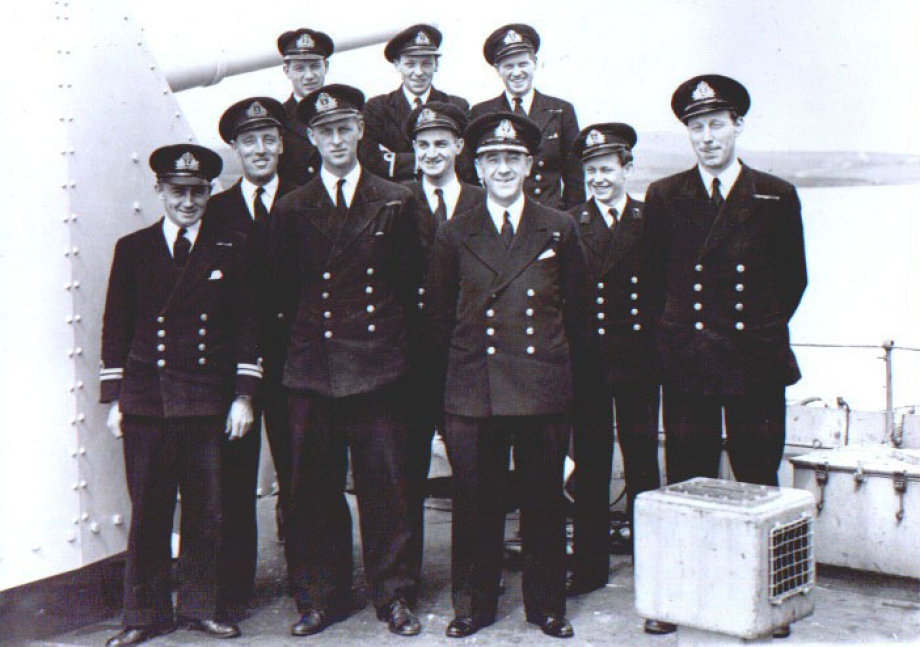
After she was commissioned WHELP first joined the 27th Destroyer Flotilla and sailed for the Indian Ocean to join the British Pacific Fleet.
WHELP was present in Tokyo Bay when the Japanese signed the surrender on 2 September 1945. After the Japanese surrender, Prince Philip served continuously on board WHELP throughout the following months. WHELP returned to the United Kingdom in January 1946.
After instructing in the Petty Officers' School and attending the Naval Staff College at Greenwich, Prince Philip, now The Duke of Edinburgh, was appointed First Lieutenant of HMS Chequers in 1949 and was stationed in Malta when he was joined by Princess Elizabeth. CHEQUERS was Leader of the First Destroyer Flotilla in the Mediterranean Fleet.
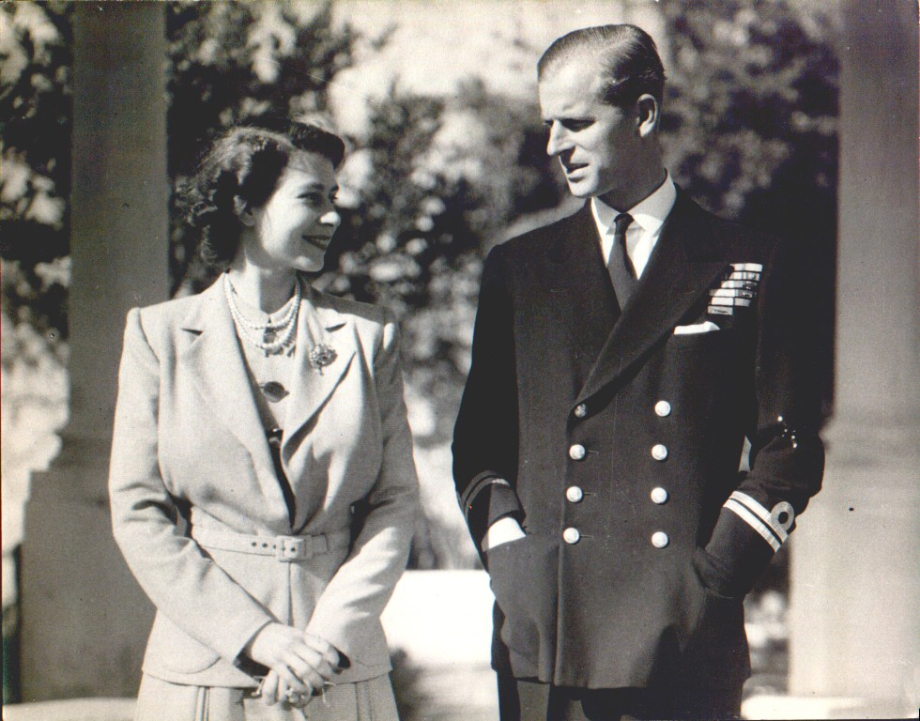
He was promoted to Lieutenant-Commander in 1950 and then appointed in command of the Frigate HMS Magpie. This appointment came to an end in July 1951. In 1952 he was promoted to Commander, but his naval career came to an end on the death of his father-in-law, King George VI.
In 1953 The Queen appointed The Duke of Edinburgh Admiral of the Fleet and Captain-General Royal Marines.
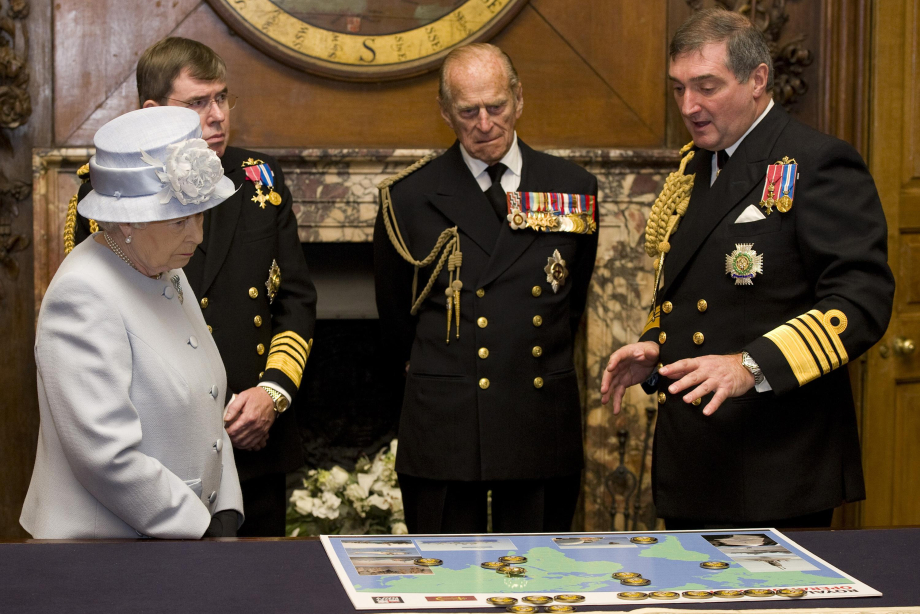
On his 90th birthday, 10 June 2011, The Queen appointed him as Lord High Admiral of the United Kingdom.
Maritime interests
Not surprisingly, His Royal Highness had a life-long affection for boats and the sea and a keen interest in maritime history. He was on board Brunel’s SS Great Britain (a steamship which Prince Albert had seen launched) when it was returned to Bristol from the Falkland Islands in 1970.
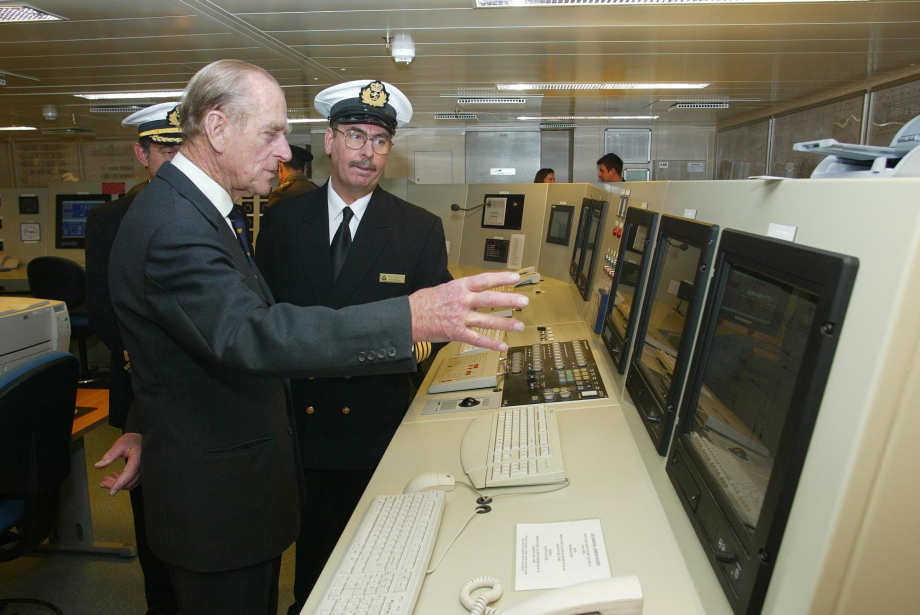
The Duke of Edinburgh held many patronages related to his maritime interests.
In 1948 His Royal Highness became Trustee of the National Maritime Museum and remained Patron until his death. He was also an Elder Brother and then Master of the Corporation of Trinity House; President of the Maritime Trust and Patron of the HMS Trincomalee Trust.

His Royal Highness took a close interest in the Cutty Sark in Greenwich throughout his life and was co-founder of the Cutty Sark Preservation Society in 1952. He visited the ship during its restoration following a fire in 2007 and again to mark The Queen’s Diamond Jubilee in 2012 and formally re-open the newly restored ship.

